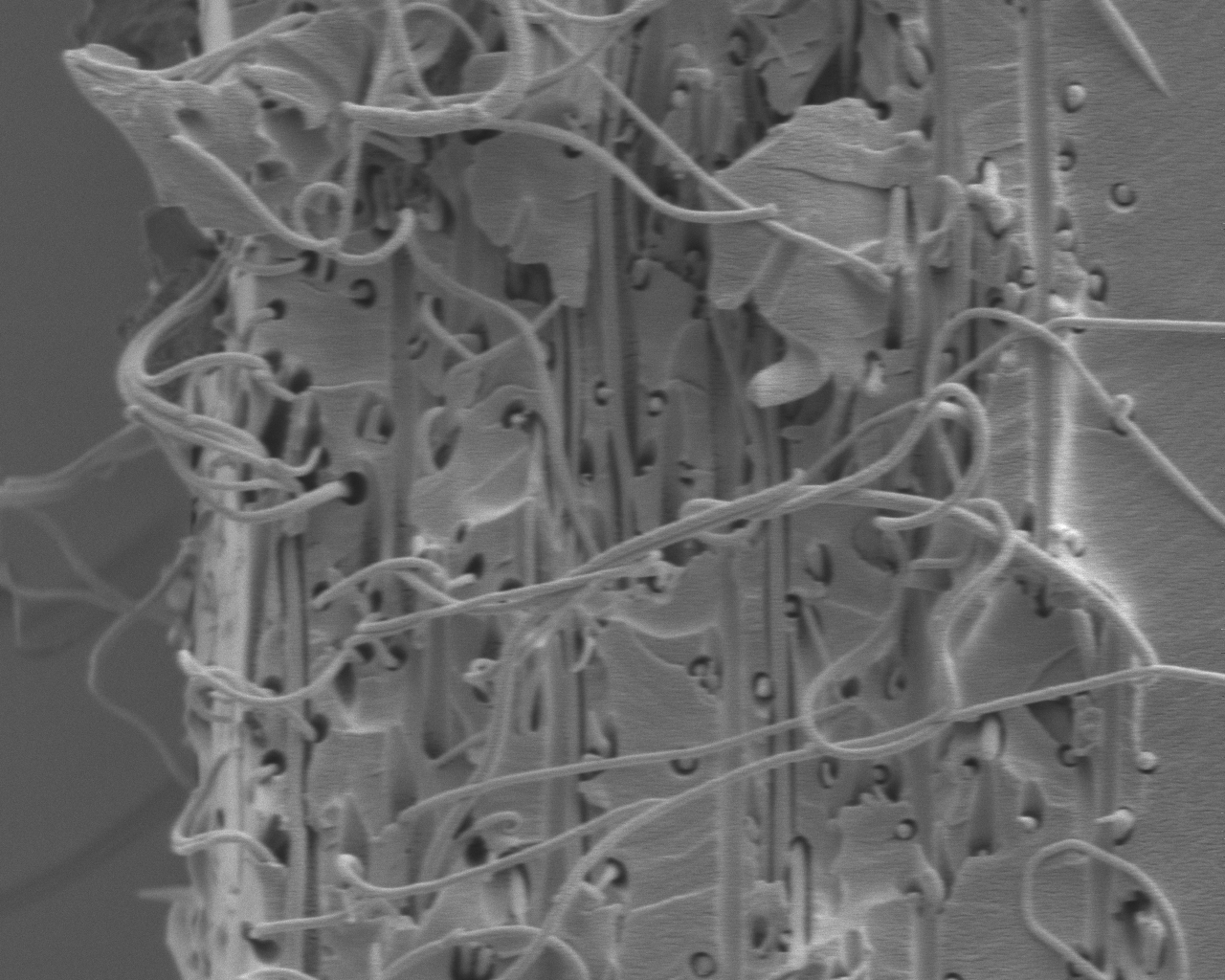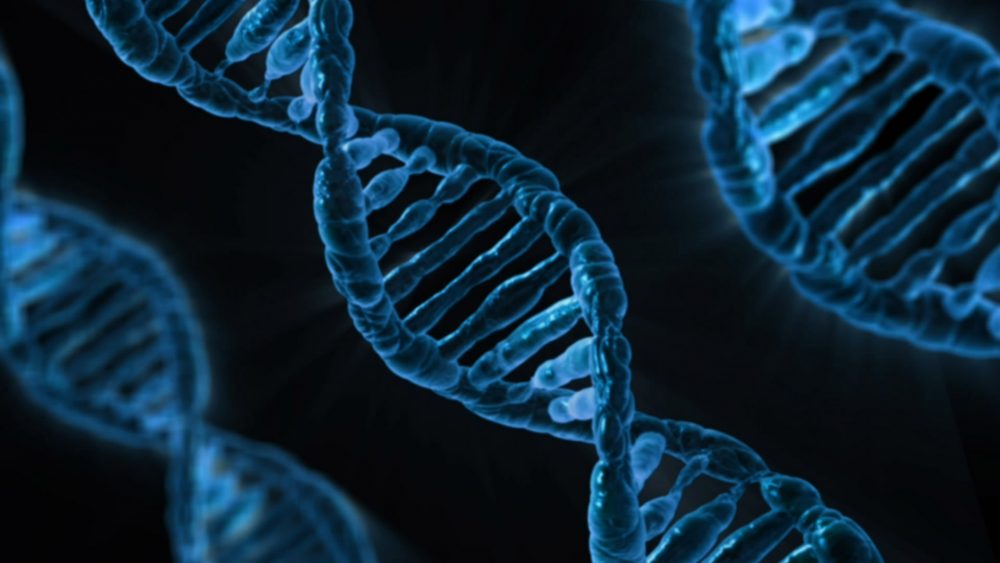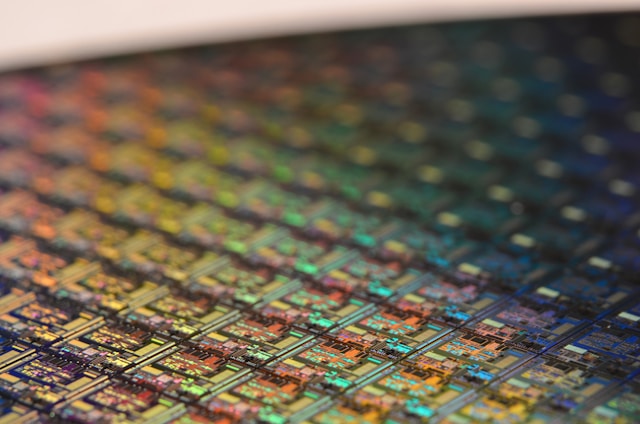They say that need is the mother of invention and the recent emergence of many new complex diseases has left scientists in a position of needing innovative new methods to monitor and control life-threatening diseases. Fortunately, today, there are regular reports of breakthroughs in bioengineered nanomaterials that promise to help fight human disease using bioengineered nanotechnology.
The Complex Field of Bioengineered Nanomaterials
Bioengineered nanotechnology refers to the ways in which biology and nanotechnology can be used together to create novel nanodevices, biological machines, nanoparticles, and more. According to the book “Bioengineered Nanomaterials:”
- nanoemulsions can be used as vaccine adjuvants
- bioceramic nanomaterials can be used in medical applications
- Natural and synthetic nanoporous membranes can be used for cell encapsulation therapy
- Inorganic nanoparticle materials can control the release of drugs
- nanomedicine can be used in brain tumor treatment, solid tumors, and metastasis
- near-infrared-resonant gold nanoshells and carbon nanotubes can be used in tumor imaging
- silver nanoparticles can be used for toxicity testing and bio applications
- bone repair can be stimulated with new approaches to improving bioactive properties and molecular signaling in cells
Making Real Progress in Fighting Diseases
The following video, “Michael Sailor: Nanomaterials for Biomedical and Chemical Sensing Applications,” explains how Sailor uses nanorobots that are controlled by researchers who use chemicals to instruct nanoparticles where to go, what to do, and how long to do it.
According to Sailor, “one of the most important aspects of not only nanotechnology, but material science in general, is how it has evolved to become a very interdisciplinary science.” Sailor goes on to say, “We typically capture our applications from the real world, but we focus on what we are good at, and in our lab, what we are good at is silicon. We take those materials and figure out what kind of applications they may have, based on strong interactions with people who have the real problems. That’s really where all the interesting things are happening nowadays, at the interface between two domains.”







